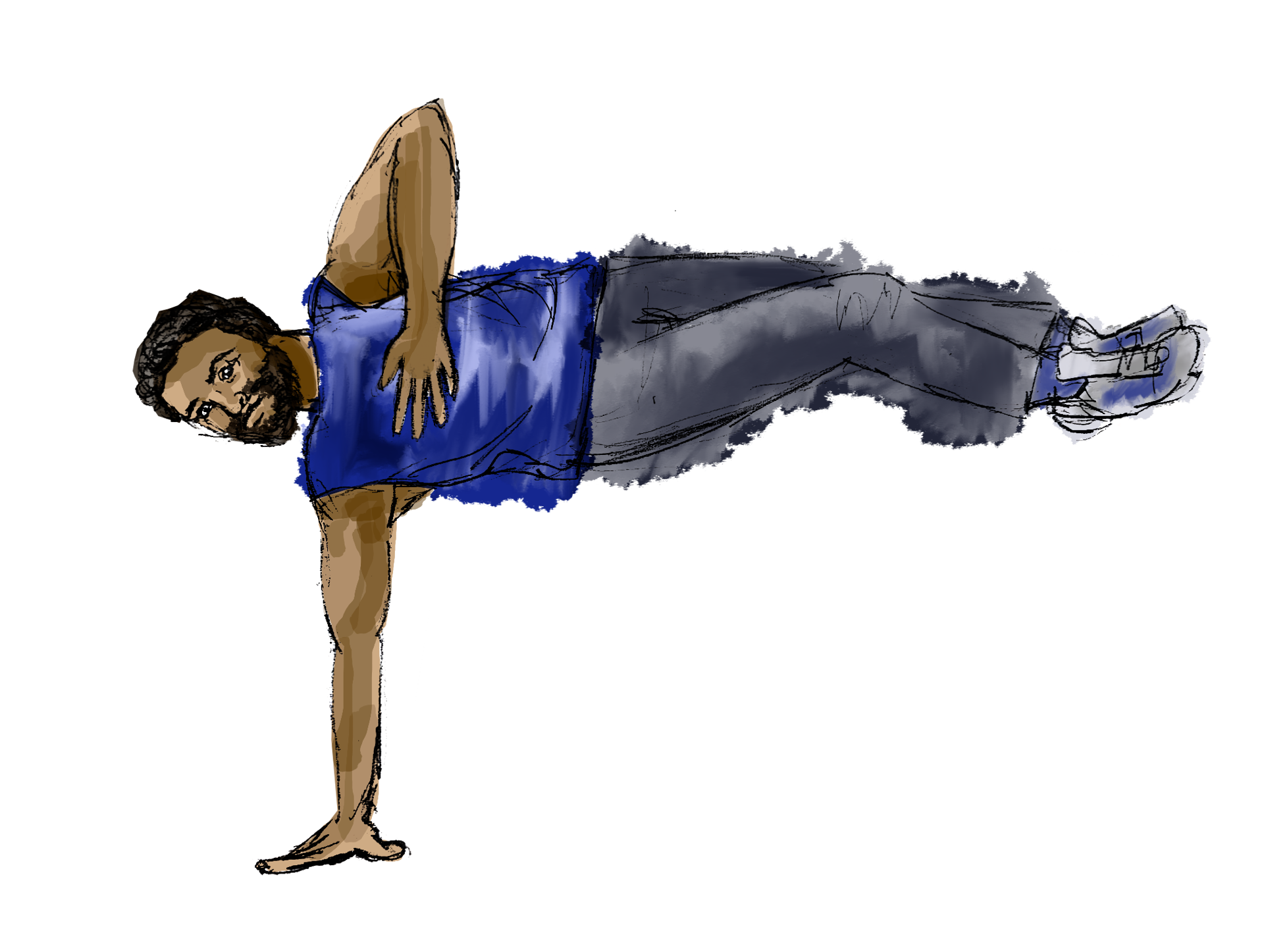NEWS
Dance Ambassadors Blog: July 2020 (1)
An Introduction to Copyright in Dance for the early career artist by Sophie Halford.
Share

Illustration: One Dance UK, Dani Bower
One Dance UK’s Dance Ambassadors Blog July 2020:
An Introduction to Copyright in Dance – for the early-career artist
by Sophie Halford
————————————————————————————————————————————
For someone who makes, creates and performs in an industry built around art as a product, copyright in dance has always been something to be aware of, but never been an area I’ve felt confident about. As someone who’s experienced dance through multiple stages of education and within our age of technology and everything digital, this knowledge gap both concerned me and got me thinking about other artists, early career and beyond, who may find themselves in a relatable position. Writing this blog was an effort to answer a few of my questions, to learn, and hopefully to share some useful findings in and around an area that is maybe not so well discussed for those who may need somewhere to start.
Intellectual Property and Copyright – what actually are they?
To discover the basics – aside from my few pre-existing but undeniably vague ideas – I first turned to research. The British Library describes copyright as ‘a legal right, giving the owner control over their work and how it is used,’ that is to say, if you have a unique idea and create something original, congratulations – you’ve just made your own intellectual property! (British Library Business & IP Centre, n.d.) Artists are both creators and inventors, and the importance of this to dancers shouldn’t be overlooked.
Renowned Belgian choreographer and director Anne Teresa De Keersmaeker hit mainstream media when in 2011, she accused pop artist Beyoncé of ‘plagiarising’ (Jennings, 2011) her work ‘Rosas danst Rosas’, specifically the 1987 filmed version, in a newly released music video. The issue brought into question the level to which inspiration, referencing and paying homage to other artists and their concepts are allowed before plagiarism and accusations of ‘stealing’ (Jennings, 2011) can be levelled. While causing a relative outcry in the contemporary dance world, ‘Rosas danst Rosas’ remains one of de Keersmaeker’s most popular and most famous works, arguably enhanced and not damaged by the scandal, along with de Keersmaeker’s own keen sense of artistic identity – and intellectual property. On behalf of Beyoncé, director Aria Perry later acknowledged that the video had taken inspiration from multiple ‘references’ (Jennings, 2011)… This case is just one example – admittedly one with big names involved – and it never went much further, despite copyright very much being protected in international law.
What is important for me to know/do in my own practice?
- Do your research!
I am no expert, just an interested voice who wanted to share my research into a topic that I believe is much more important and relatable to dance artists than is taught and discussed. For a start, why not check out where I got the information included in this blog and the further reading suggested below…
- Credit the copyright owner under ‘fair use’
You’ve perhaps, like me, seen a rise in people using disclaimers under social media posts. If you credit an inspiration, aren’t making money from your sharing and check that you aren’t breaking any of the other guidelines, then Fair Use is the answer to copyright law going too far to ‘inappropriately stifle creativity or stop people from creating’ (Instagram, n.d.) and, I would say, very much the dance artist’s friend. Research, read, learn and use.
- Check out the policies of social media platforms
Sites such as YouTube and Instagram can flag up issues copyright issues for you and have a range of resources. Key takeaways include being aware of the policy, fair use and seeking permission if in doubt and the work isn’t yours.
Another factor that inspired me to investigate copyright in the first place was my feeling that many of the already existing sources of information are either too academic or too legal for a wider audience. Perhaps it is the need to filter through the jargon and technicalities that can make this topic seem at once unglamorous and intimidating, even if wrongly so. I’d ask, with the way our dance world has pulled together in recent months and the rise of artists all over the world taking their work and practices online – shouldn’t this be discussed more in education? If the process of writing this blog has taught me anything, it’s that these laws and systems are designed to protect creators – and artists are a key piece of that. As we put ourselves and our work out there, copyright is a right, after all.
SOURCES:
British Library Business & IP Centre, n.d. What is Copyright?. [Online] Available at: https://www.bl.uk/business-and-ip-centre/articles/what-is-copyright [Accessed 10 06 2020].
Instagram, n.d. What are fair use and other exceptions to copyright?. [Online] Available at: https://help.instagram.com/116455299019699 [Accessed 10 06 2020].
Jennings, L., 2011. Beyoncé vs De Keersmaeker: can you copyright a dance move?. [Online] Available at: https://www.theguardian.com/stage/theatreblog/2011/oct/11/beyonce-de-keersmaeker-dance-move [Accessed 15 06 2020].
FURTHER READING:
YouTube, n.d. What is fair use?. [Online] Available at: https://www.youtube.com/about/copyright/fair-use/#yt-copyright-four-factors [Accessed 29 06 20]